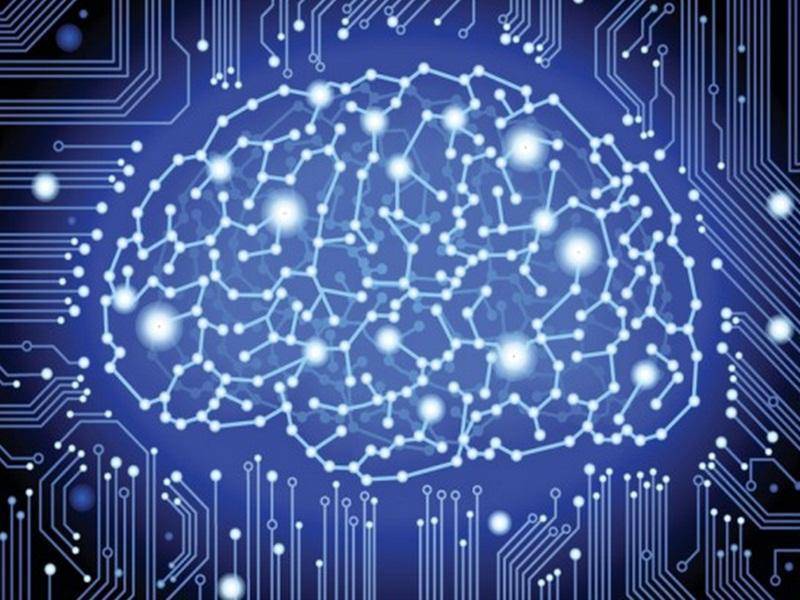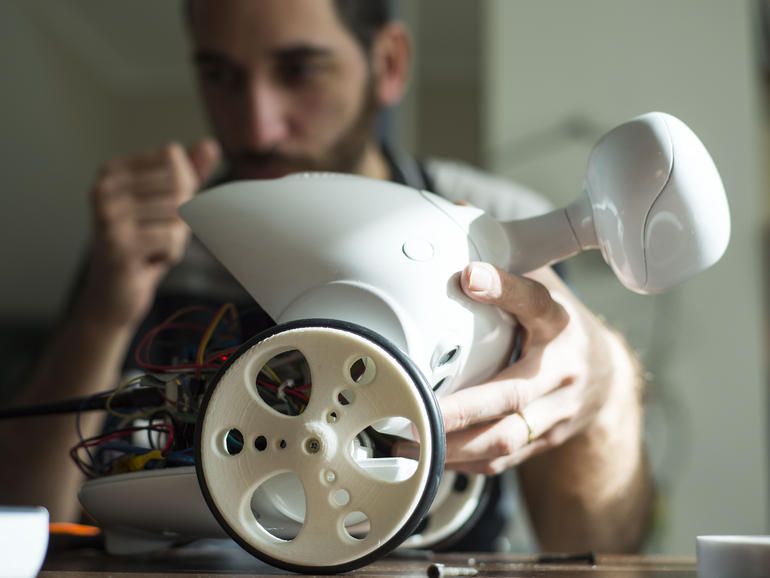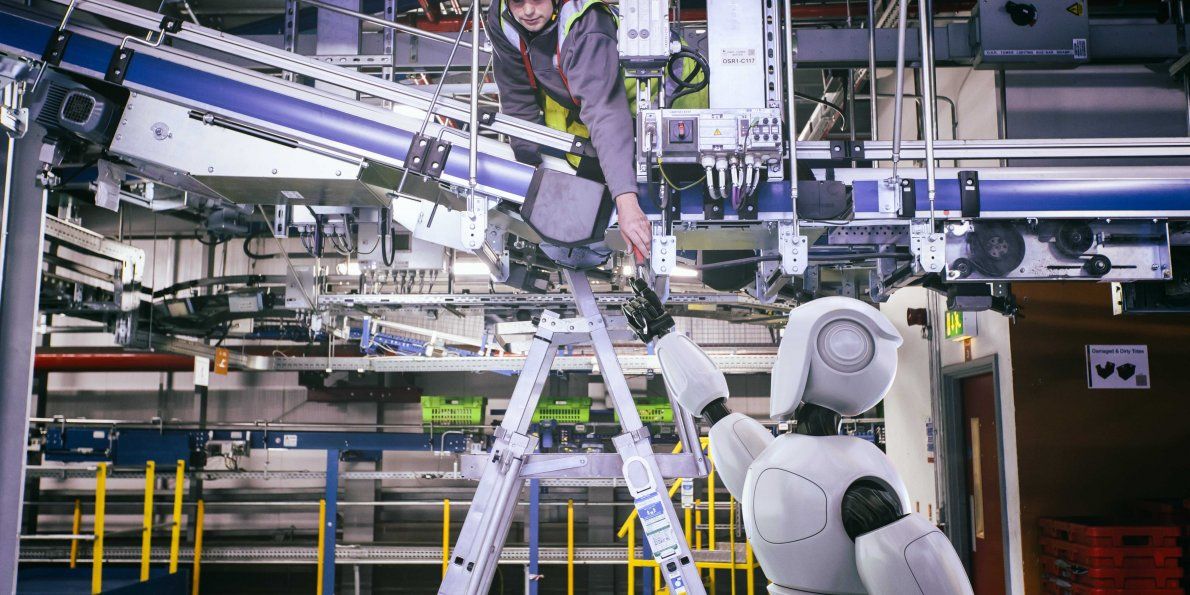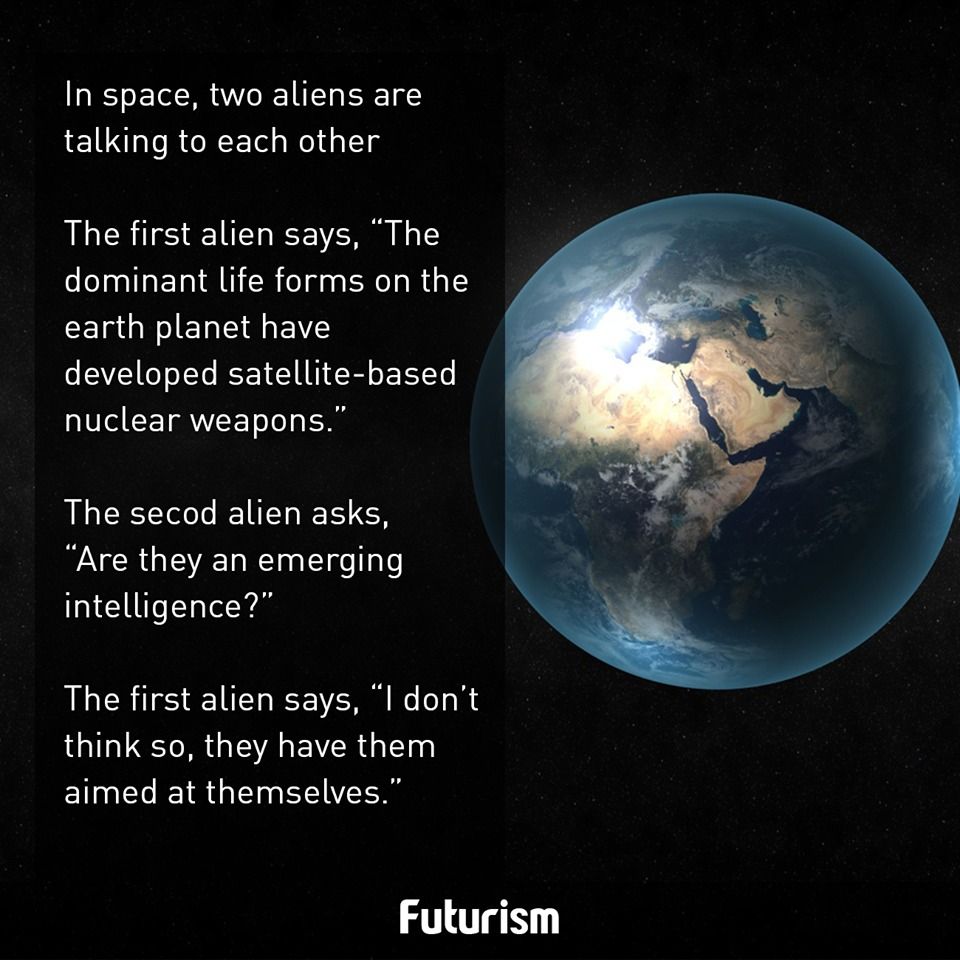
Self-driving cars may represent an important achievement in the fields of artificial intelligence and robotics, but one car manufacturer is hoping to develop new technologies that could help these autonomous machines drive less like robots and more like, well, humans.
British automotive company Jaguar Land Rover is taking part in a new research project, dubbed MOVE-UK, to foster the development of safer and more effective autonomous cars. The initiative aims to study how human drivers behave in real-life situations, such as when roads are congested, when weather is bad or when routes are diverted because of construction.
“Customers are much more likely to accept highly automated and fully autonomous vehicles if the car reacts in the same way as the driver,” Wolfgang Epple, director of research and technology for Jaguar Land Rover, said in a statement. “By understanding and measuring positive driving behaviors, we can ensure that an autonomous Jaguar of Land Rover of the future will not simply perform a robotic function.” [Photos: The Robotic Evolution of Self-Driving Cars].
Read more


















